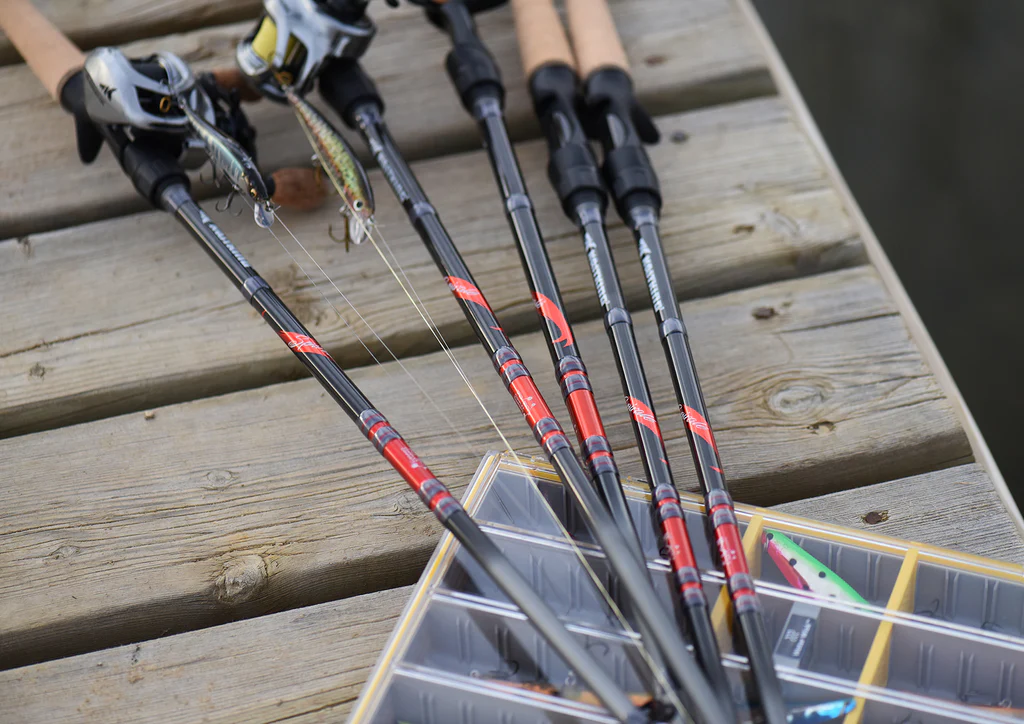The age-old question: spinning rod or baitcasting rod? Both have their strengths and weaknesses, making the choice depend on the situation and the angler’s skill level. Let’s explore the key differences to help you select the perfect tool for the job.
Built for Power or Distance?
The core distinction lies in the rod’s design philosophy. Baitcasting rods prioritize power, featuring more guides distributed along the length of the blank. This maximizes leverage and control for forceful presentations. Conversely, spinning rods emphasize distance casting. Their guides, spread further apart with larger diameters, manage line loops effectively, reducing wind resistance and achieving greater casting range.
Precision vs. Ease of Use
Baitcasting setups excel in accuracy. The line coming off the reel travels directly through the guides, minimizing friction. This allows for pinpoint casts in tight spaces like under docks or through trees. Additionally, baitcasters offer superior control during the fight, particularly when battling fish in heavy cover or using heavy lures.
However, mastering baitcasting requires practice. The initial learning curve can be steep, especially for beginners. Spinning reels, on the other hand, are user-friendly. Their simple operation makes them ideal for novices and experienced anglers alike. The larger guides also facilitate smooth line flow, minimizing casting complications.

Applications: Where Each Rod Shines
Baitcasters reign supreme in specific scenarios. Their power makes them perfect for:
- Heavy cover: Penetrating dense vegetation and extracting large fish requires the muscle of a baitcaster.
- Deep water: When heavy weights (8-10 ounces) are used for deep water fishing or trolling, baitcasters provide the necessary backbone.
- Topwater: The precise casts and powerful hooksets offered by baitcasters are ideal for topwater presentations.
Spinning rods shine in situations demanding:
- Distance: For long casts, especially with lighter lines and lures, spinning rods are unbeatable due to their line management capabilities.
- Lure weight: Spinning tackle excels with a wider range of lure weights, from light freshwater lures to heavy saltwater setups. This versatility makes them suitable for diverse fishing applications.
The Final Choice: It’s All About You
Ultimately, the best rod type depends on the angler and the fishing scenario. Consider these factors when making your decision:
- Target species: What type of fish are you pursuing? Research their habitat and the lures/techniques used to catch them.
- Fishing environment: Are you fishing in open water, heavy cover, or deep water?
- Skill level: Are you a beginner or an experienced angler? Spinning rods offer a gentler learning curve.
There are scenarios where either rod might be suitable. The key is to choose the option that best suits your personal preferences and fishing style.
Image/Source: KastKing





